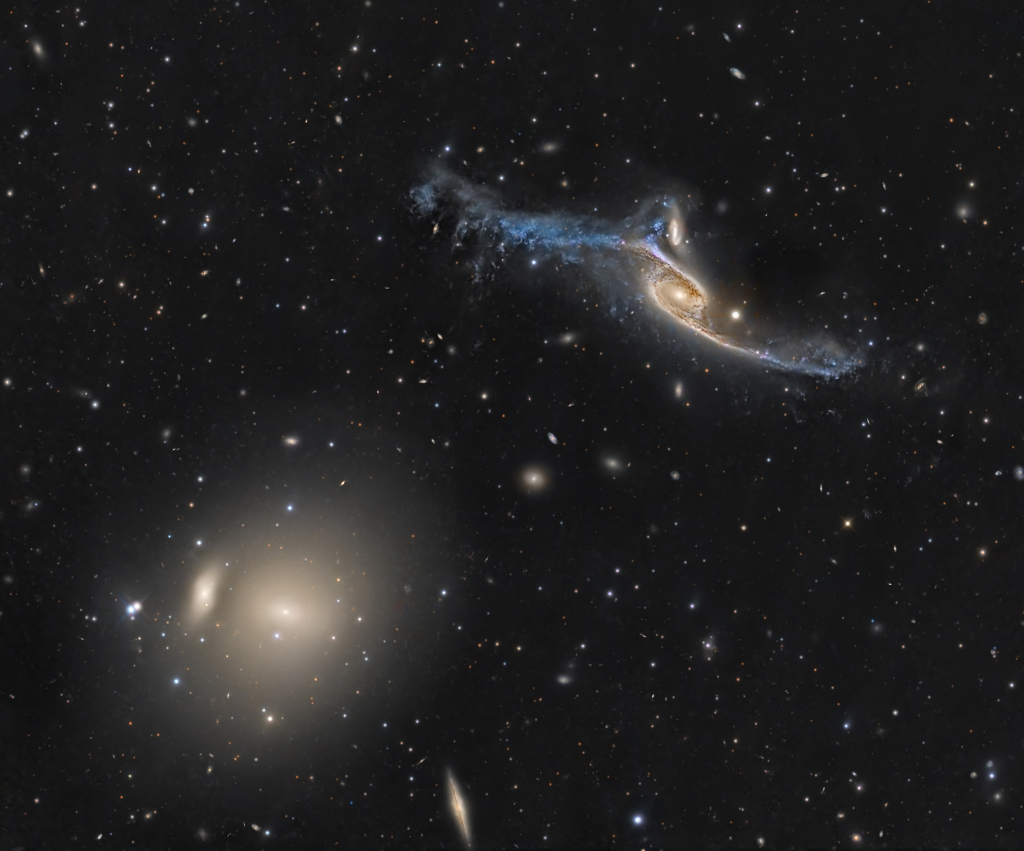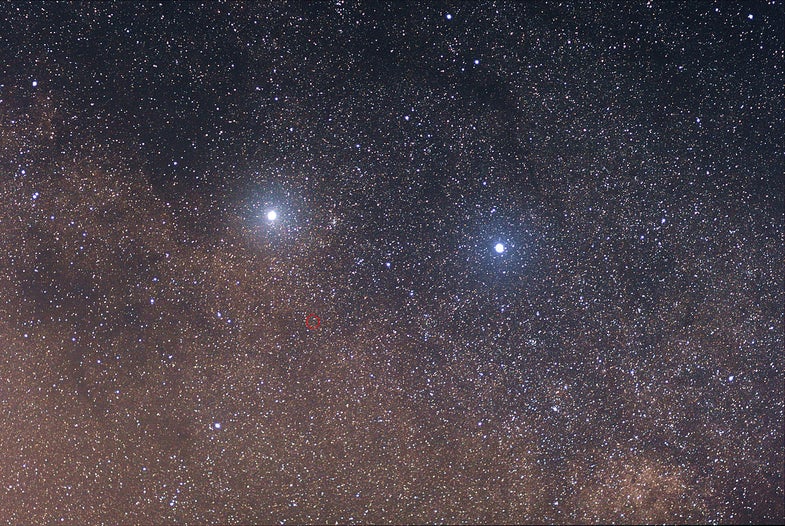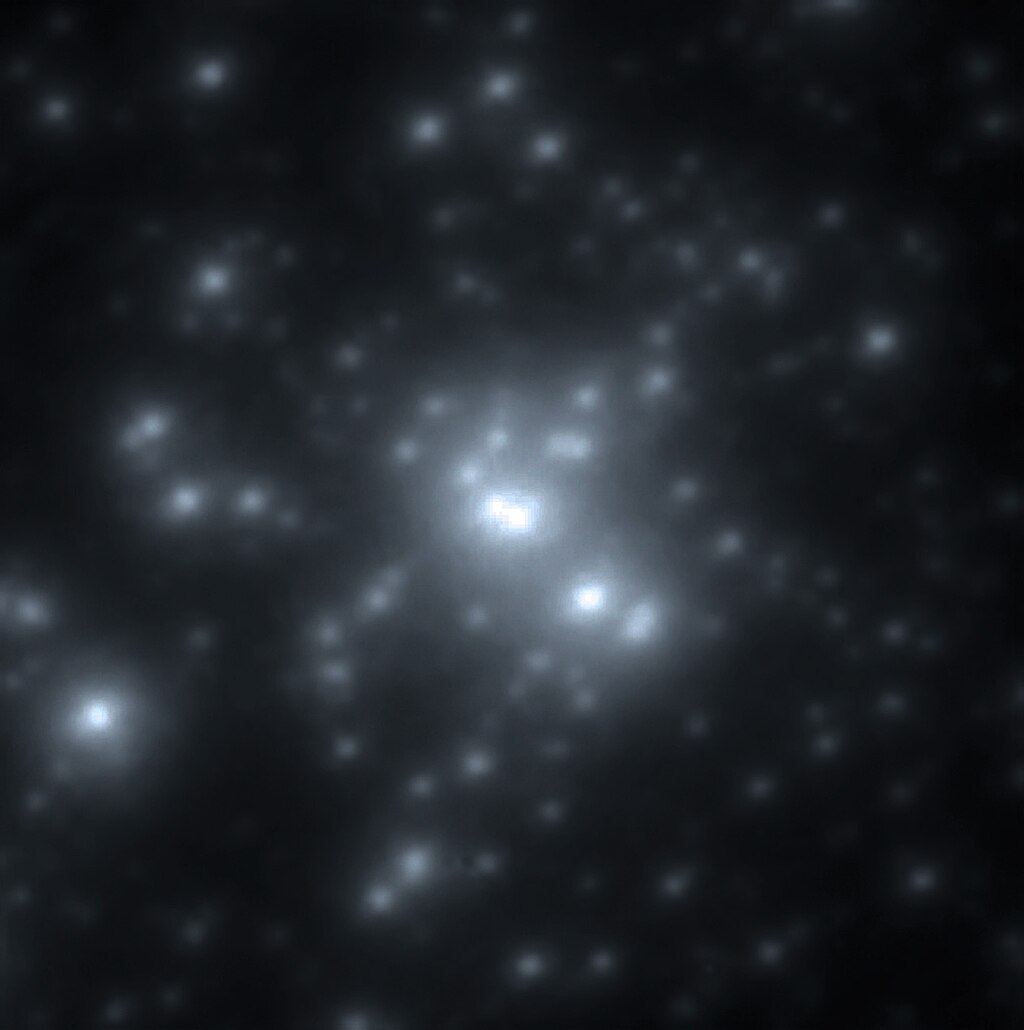johnnydeep wrote: ↑Sat Jun 24, 2023 8:26 pm
zendae wrote: ↑Sat Jun 24, 2023 3:01 am
johnnydeep wrote: ↑Fri Jun 23, 2023 9:00 pm
Ann said:
Battle of the Titans! Before reading Ann's post, I was going to ask how we know that NGC 6876 is the
dominant one. Is that attribute based solely on mass? And if so, do we know for sure that NGC 6876 is more massive than NGC 6872? I couldn't find mass estimates for either.
This gives a lot of info:
https://www.mdpi.com/2075-4434/5/3/30
That article is about "The Globular Cluster System of the Galaxy NGC 6876". I didn't see anything specific in it about mass.
Oh groan, I had just written a long post and I just lost it!!!
Okay, here's the gist of it. NGC 6876 is a giant elliptical galaxy, and such galaxies are typically the brightest galaxies in the Universe. The reason why bright yellow galaxies are
so massive is that their light comes almost exclusively from old yellow-orange stars, the overwhelming majority of which are small yellow-orange embers, which are extremely faint for their mass. For example, small red Proxima Centauri, the nearest star from the Earth (apart from the Sun) contains some 12% as much mass as the Sun, but radiates only some 2 parts in a thousand of the Sun's energy, and only 5 parts in a hundred thousand of the Sun's visible light!
By contrast, bright blue R136a1, the brightest star in the Tarantula Nebula in the Large Magellanic Cloud, contains almost 200 times the Sun's mass, but radiates almost 4.7
million times the Sun's luminosity!
Therefore, bright yellow galaxies must be extremely massive, because their light comes from humongous numbers of mostly very faint yellow-orange stars.
Wikipedia wrote that M87 in the Virgo cluster may be 200 times as massive as the Milky Way.
But large blue sprawling spiral galaxy M101 may be less massive than the
Milky Way!
Note that the outstretched arms of NGC 6872 are very blue in this composite image where blue represents ultraviolet light from relatively small numbers of very hot bright stars:
One thing that makes elliptical galaxy NGC 6876 look really impressive to me is its huge yellow halo. The very three-dimensional nature of the (quite bright) halo means that it contains huge numbers of small stars.
Of course, in the end it is the amount of dark matter that determines which of these two massive galaxies, NGC 6872 or NGC 6876, is the most massive!
Ann
 Giant Galaxies in Pavo
Giant Galaxies in Pavo




